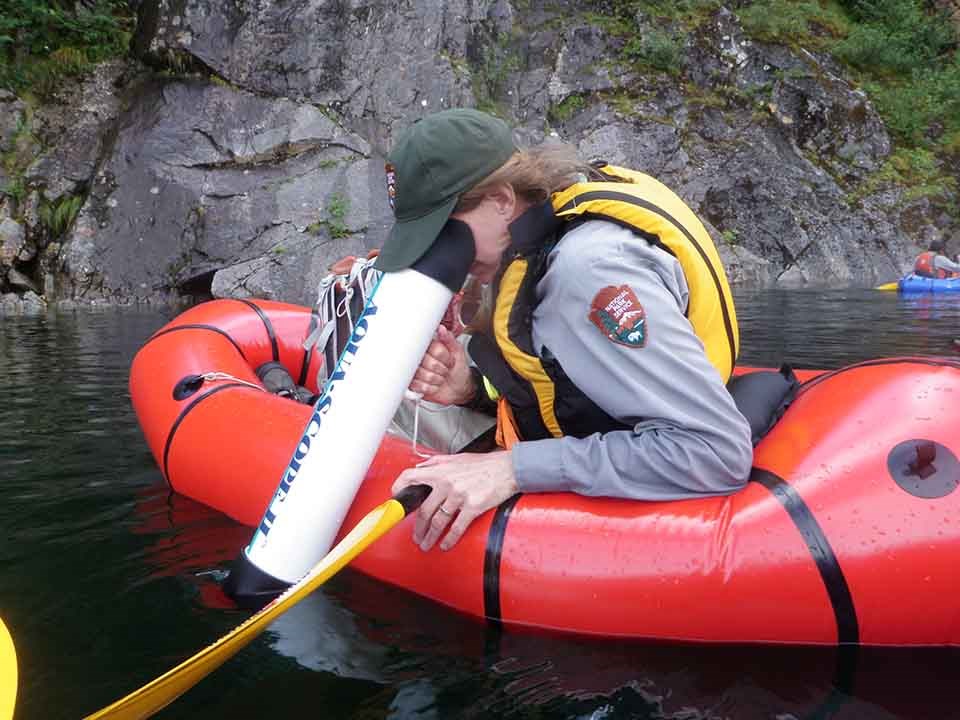
NPS/Renee Sniegocki
- Keep wild areas wild and undisturbed.
- Don't pack a pest. Make sure you and your clothes, gear, vehicle, boat, or pet are not inadvertently transporting seeds or plant fragments.
- When landscaping:
- Use plants that are native to your local region as much as possible or those that are not known to be invasive.
- Avoid disturbance to natural areas, including clearing of native vegetation and dumping of yard wastes.
- Control invasive plants in your landscape
- Discuss your concerns about invasive plants with nurseries and garden shops and ask them not to sell these species. Ask for non-invading alternatives instead.
- Use only certified weed-free hay and mulch.
- Inspect mineral material sources for invasive plants prior to using gravel.
- Offer to assist in invasive plant removal projects.
- Learn about invasive species that may be found in your area and report new findings. In Alaska, call 1-877-INVASIV (1-877-468-2748) or contact the Alaska EPMT by email at ak_empt@nps.gov.
- Spread the word! Alaska doesn't need the problems brought by invasive species that can be prevented by vigilance and collaboration.
Last updated: April 17, 2017
